Language
WORLDWIDE SHIPPING | ONLY UNTIL 11/09: Get a COMPLETE block of 5 forged knives FOR FREE when you spend at least €750 on polycarbonate and silicone moulds!
Set of 4 Wusthof Amici Series steak knives
was
€589.00
Special Price
€539.00
€441.80
Availability:
In stock
Set of 4 Wusthof Amici Series steak knives with extra sharp blades, ideal not only for serving steaks, but with any meat dish.
German forged knives, inspired by Italy: each Amici knife pays homage to our collaboration with Serragiumenta Castle, a 16th century castle in the Calabrian countryside.
Inspired by the abundant sun and farmland of Calabria, Italy, WÜSTHOF Amici embodies "la dolce vita": the joyful joie de vivre.
The Amici series combines our iconic precision-forged blades with uniquely grained Calabrian olive wood handles, blending modern craftsmanship with the sensibility of Italian design to create an ideal knife for preparing and sharing meals.
Unique blades
Amici knife blades are forged from a single piece of WÜSTHOF steel at the plant in Solingen, Germany.
Special stainless steel with hardness 58 HRC, precisely molded in the forge, is exceptionally hard, durable and rust resistant.
Each blade is hand finished by expert knife craftsmen to perfect it for everyday use.
Calabrian olive wood
Each Amici knife is an original thanks to the distinct grain of the olive wood handles.
The Calabrian olive tree is slow growing, with extremely resistant wood, naturally water-repellent and antibacterial. Our wood from sustainable sources comes mainly from olive trees that produce little or no fruit, due to their advanced age.
The set consists of 4 knives.
Length of the blade of each knife is cm. 12
Handle length 9.8 cm.
Delivery time: 7 days
FAQs

 IT
IT FR
FR
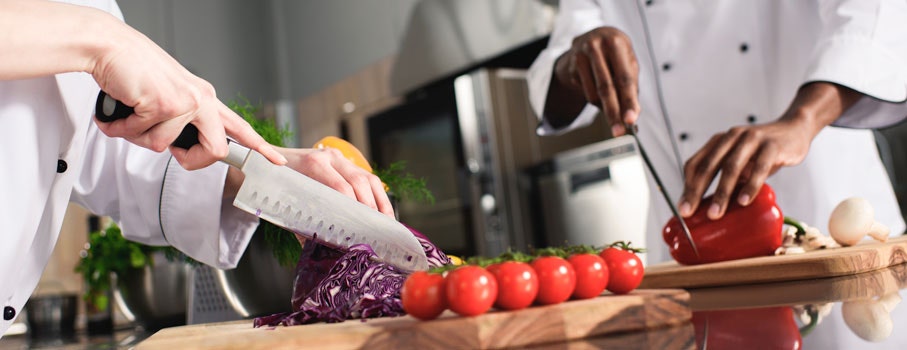
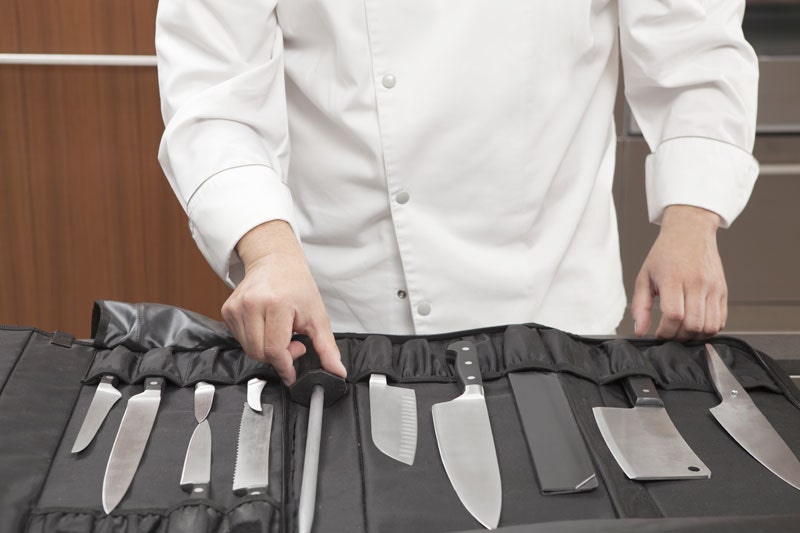
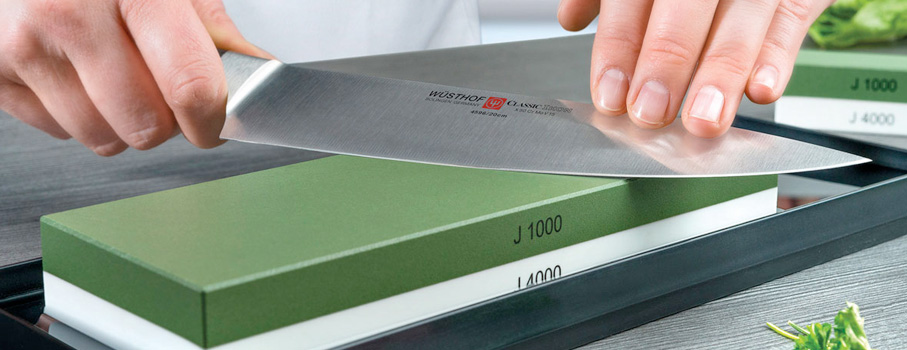
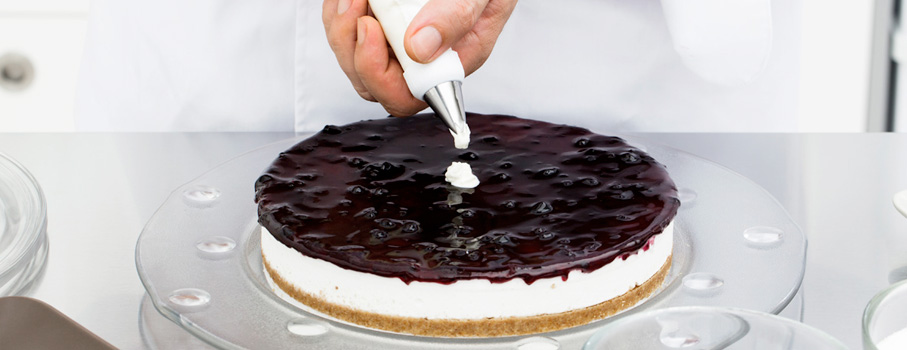

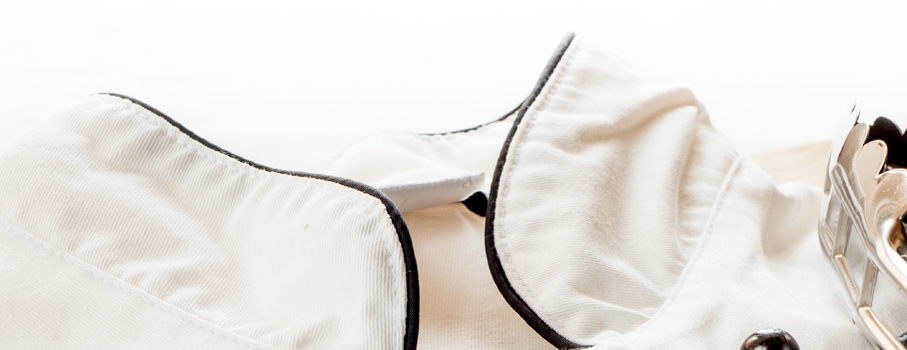
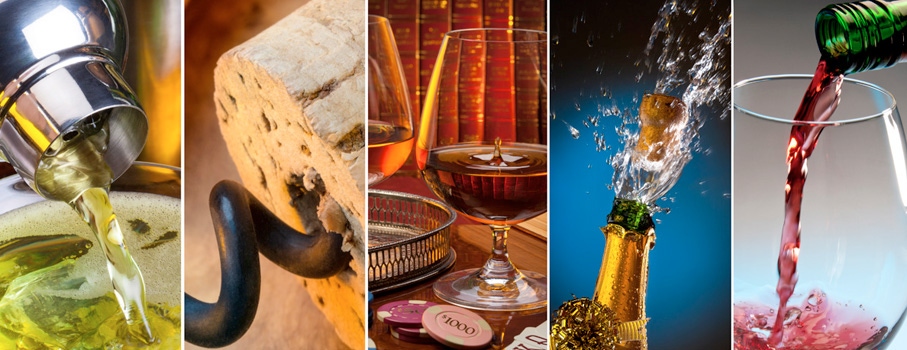
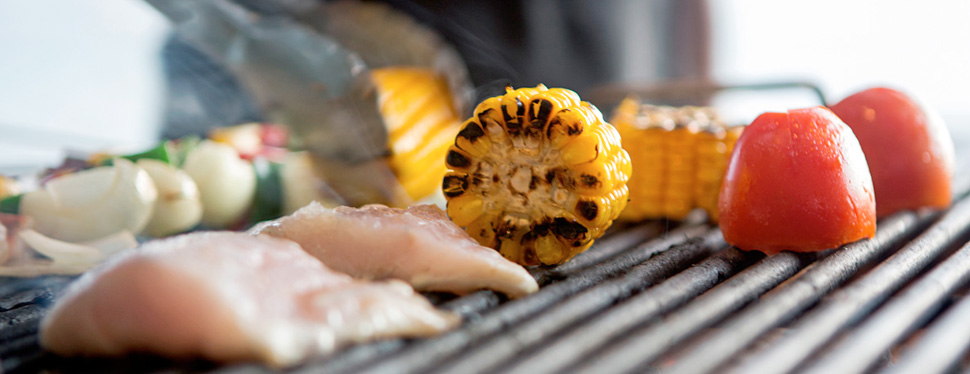

 IT
IT FR
FR
